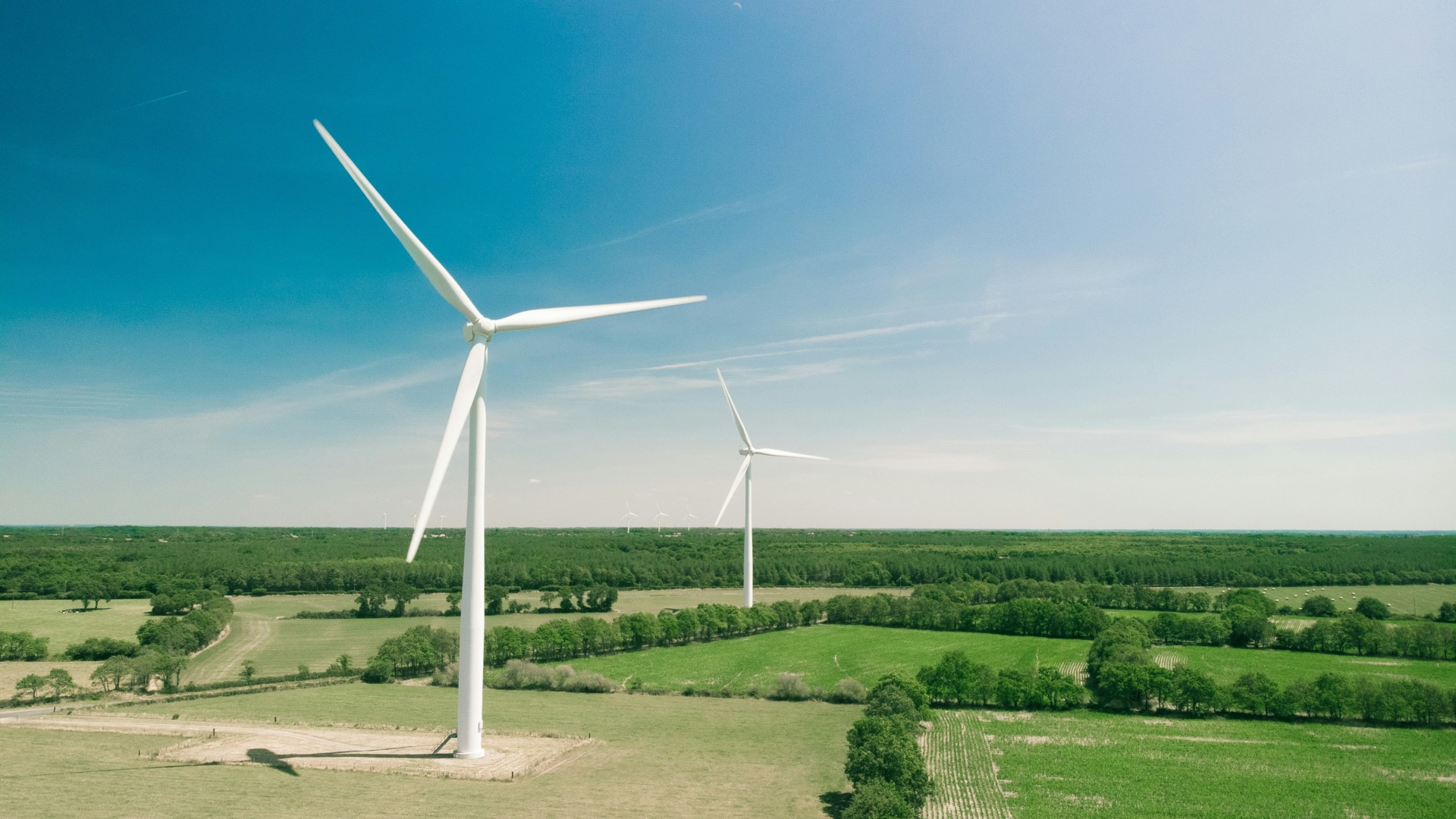According to a new report by the International Energy Agency (IEA), global renewable energy capacity is expected to surpass government goals for 2030. The IEA projects it to grow 2.7 times by 2030, a figure about 25% higher than countries’ current targets. Still, this falls short of the goal set at COP28 last year of tripling renewable capacity.
Recent policy changes across the world, concentrated in the developed world, have made renewables more cost-competitive when compared to traditional fossil fuels. This has sparked higher rates of adoption from the private sector and households. Additionally, government policies ranging from subsidies to tax breaks have encouraged industrial-level production of renewables such as solar panels and wind turbines.
Solar and wind power are expected to account for 95% of renewable capacity growth by 2030. According to the IEA study, Solar alone will account for 80% of this growth. Solar and wind are expected to reach nearly 70% market penetration in countries like Chile, Germany, the Netherlands, and Portugal over the next five years.
Other renewable sources, including bioenergy and geothermal, are expected to decline primarily due to an absence of any policy support. Hydrogen power, despite receiving policy support, is expected to account for less than 1% of renewable capacity expansion, mainly due to lack of demand creation.
IEA projects that 5,500 gigawatts (GW) of new renewable energy capacity will be operationally useful by the end of this decade. Energy capacity is expected to grow year-on-year, reaching nearly 940 GW of new annual capacity in just over five years.

With 5,500 GW in new capacity, the total global capacity of renewable energy is set to reach 11,000 GW by 2030. Of this amount, 80% will be provided by China, Europe, India and the United States.
These encouraging statistics could signal more ambitious targets being put in place for the new Nationally Determined Contributions (NDCs), which are due next year. Only 14 countries have explicit renewable energy capacity targets in the NDCs submitted at COP28.
China remains the global leader in renewables growth, expected to account for 60% of global capacity growth from now until 2030. The country is projected to have half of all new renewable energy capacity worldwide by the time the new decade comes around. This comes as China reached its 1,200 GW target for wind and solar power six years early. The country’s cumulative solar and wind capacity have quadrupled and doubled, respectively, since 2020.
The United States and the European Union are both forecasted to double renewable capacity growth over the end of the decade, but it is India that is expected to see the fastest rate of growth amongst the world’s largest economies. According to the IEA, the Inflation Reduction Act’s tax credits will drive growth in the U.S.
In Europe, new corporate power purchase agreements are set to be the primary catalyst for renewables growth. Policies to fix issues such as land procurement, grid connection, and financially weak power distribution companies are set to boost India’s ability to be a leader in renewables.
Developing countries remain an untapped market in the renewable energy space. High barriers to entry, including high financing costs, weak grid infrastructure, and lack of demand, mean that heavy investment is needed to boost renewables adoption in places like Latin America, Africa, and parts of Asia.
Related Articles: What’s Next in Geothermal Energy? | A Just Transition Does Not Leave Anyone Behind: Clean Energy Must Be Worldwide | For the First Time Ever, Investments in Low-Carbon Energy Are on Par With Fossil Fuel Spending | The Fossil Fuel Industry’s Anti-Climate Formula | A New Era in EU Electricity: Wind and Solar Overtake Gas | Oil Baron Elected President-Designate of COP28: How has the UN Allowed This?
Grid infrastructure remains a significant obstacle to renewable energy production. At least 1,650 GW of renewables capacity is in the advanced stage of development awaiting grid connection. Still, grid queues for renewables projects are decreasing due to projects either moving forward or dropping out due to lack of progress, sometimes without penalty.
Within solar energy, record production has led to an oversupply of solar energy, negatively affecting profitability for manufacturers. This has resulted in about $25 billion (€22.9 billion) worth of projects being canceled. Smaller manufacturers faced bankruptcy risks while waiting for global demand to catch up to the rapidly increasing supply of solar and other renewables.
So, while renewables production is rapidly increasing worldwide, market dynamics are sometimes lagging. Grid infrastructure and slow demand are keeping renewable capacity from being maximised.
Currently, the demand for renewable energy is driven by its use in transport, industry, and construction. Moreover, these three sectors are forecasted to account for more than 75% of the rise in renewable energy demand by 2030. The pace of renewables adoption in these three sectors is expected to double by 2030 compared to the rate from 2017 to 2023.
Bioenergy looks poised to impact world transport systems greatly. Less expensive than hydrogen or e-fuels, and strong policy support is already in place, with 60 countries having liquid biofuel policies. Primarily used for road cars, biofuels are slowly being demanded in aviation and maritime consumption. It is projected that by 2030, biofuels will reach nearly 2% of total aviation supply and 0.5% of international shipping demand, up from almost zero in 2023. Small percentages, to be sure, but a sign of things to come.
The IEA report offers hope that renewable energy capacity is accelerating globally. Solar, wind, and, to a lesser extent, bioenergy and hydrogen are seeing increased demand from industries and households alike. Government policies are being implemented to further boost private and public sector initiatives, hoping to expand renewable energy capacity. Still, economic challenges are hindering even higher rates of renewables growth, meaning the world is still off-track on its path to tripling renewable capacity by 2030.
Editor’s Note: The opinions expressed here by the authors are their own, not those of Impakter.com — In the Cover Photo: Solar panels. Cover Photo Credit: Susan Q Yin.










